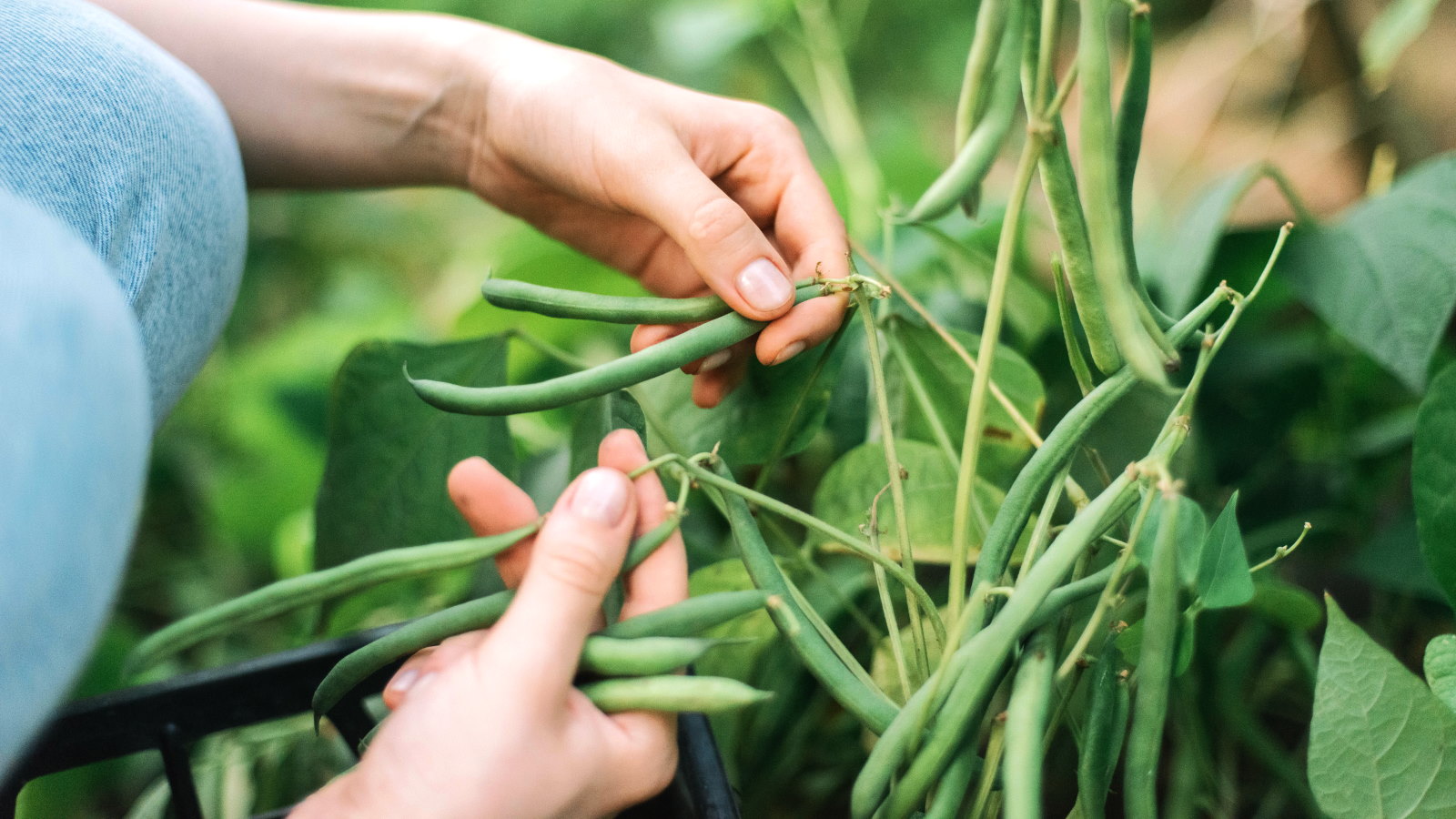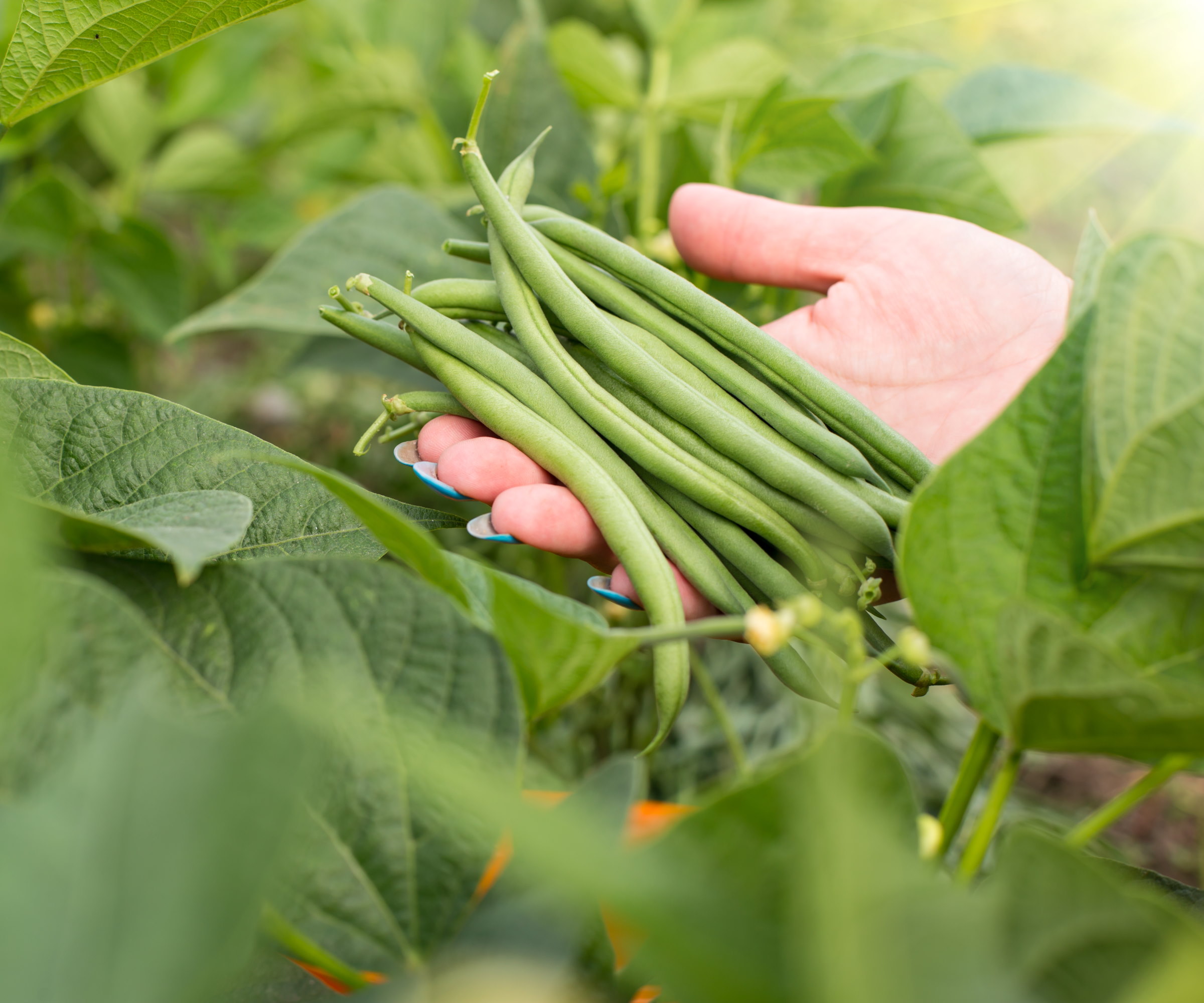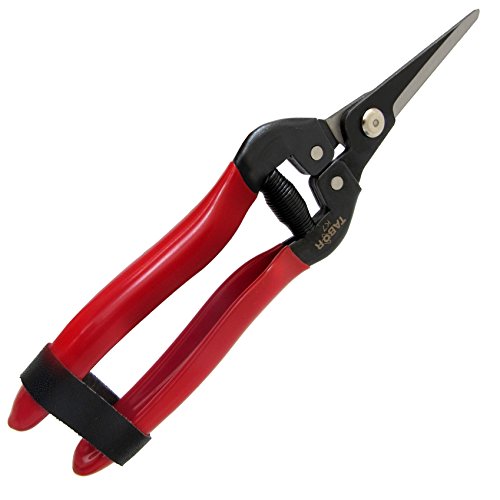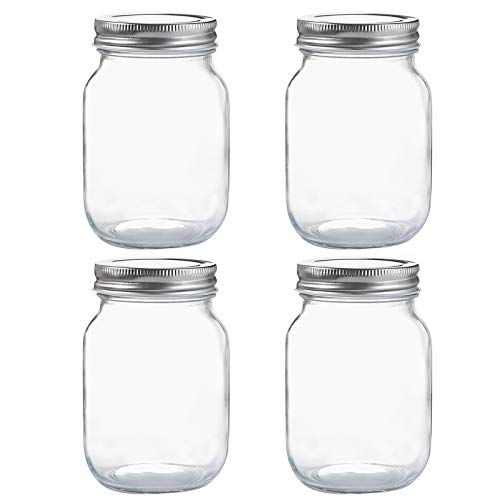When to harvest bush beans – and how to pick them at their peak for texture and taste
Get crunchy and delicious beans, plus discover how to harvest bush beans so as not to damage the crop


Bush beans are small and compact plants that produce large harvests for the space they need in a vegetable garden. Where pole beans require support for their climbing vines, bush beans grow to only a few feet high but are prolific plants that produce harvests in only 6-7 weeks from sowing.
Bush beans can be picked as green beans, where the pod and its content are consumed whole, or dried and shelled. Knowing when to harvest bush beans is an important skill to get the pods at their most flavorful - you want them crunchy and sweet, rather than tough.
I grew many different types of beans, including bush beans along with the likes of runner beans, French beans, and more, in kitchen gardens in the UK. I harvested the beans for chefs, so picking them at the perfect time was imperative for the best taste and texture. To help you get the crop at the right time, and harvest them properly, I look at when to pick bush beans and how to harvest them.

Bush beans are ideal plants for small vegetable gardens and vegetable container gardens
When are bush beans ready to harvest?
Bush beans are ready to harvest throughout summer. Harvesting them regularly through the season means getting them at their peak and the plants will continue to grow more beans to pick. They don’t crop for as long as pole beans, but you can still get a fantastic harvest of beans from each plant - succession planting of beans every few weeks can also reward you with a long harvesting period.
When to harvest bush beans

Harvest bush beans regularly for the best-quality crops
Bush beans take around 50-60 days from sowing to harvest, depending on the variety and the season’s weather. Refer to the seed packet for the particular variety you sowed as it should show the expected days to maturity to help you gauge when to harvest. The plants are either sown directly into the soil outdoors when the soil temperatures exceed 60°F in spring or seeds are sown indoors and seedlings then transplanted once temperatures rise to get a head start in colder climates.
Make a note as part of your seed sowing schedule when you predict the harvest might start, according to the packet’s guidelines. Once the flowers appear, that is a sign that the time to start picking bush beans should only be a week or two away. The size and texture of the bean are the best indicators of a perfectly ripe bean that wants to be picked from the vine.
The beans should be tender but not overly swollen and around 4-6 inches in length. If you harvest bush beans at the perfect time they should be smooth, firm and crunchy, but beans left on the plant too long become tough and less flavorful.
Design expertise in your inbox – from inspiring decorating ideas and beautiful celebrity homes to practical gardening advice and shopping round-ups.
Matthew Wilson, CEO of Handy Gardeners, recommends looking closely for the ‘bright green color’ that indicates a bean’s ripeness - he also revealed another little trick he likes to use.
‘Keep an eye out for the seeds within the pod,’ he adds. ‘If they're just starting to swell but haven't yet puffed the pod, you've caught them at the ideal time. Picking at this time will capture the delicacy and ensure a crunchy bite with every pod.’

Matthew Wilson, CEO of Handy Gardeners, leads the company with a passion for landscaping and environmental sustainability. Under his guidance, Handy Gardeners has become a trusted name in the industry, providing top-notch gardening and landscaping services.
How to harvest bush beans

Taking care is key to harvesting bush beans correctly
Pick bush beans in the morning, as they have a higher sugar content and the best flavor. However, if the beans are moist - from recent watering or dew - let them dry off before picking as moist beans will have a much shorter shelf life.
Fresh bush beans are delicate, so it is important to take care when picking them from the plant. It is advisable to snip them off using sharp and clean garden tools, such as pruning shears, garden snips, or gardening scissors. This avoids the potential for damaging the pods, or the plant, by making the vegetable harvesting mistake of pulling them too hard by hand. Simply snip the beans loose from the plant by cutting just above the pod.
If you opt to harvest bush beans without tools, hold the stem with one hand, near the bean, and gently pull the pods off the plant with the other hand. A gentle touch is required to avoid rupturing the bean or damaging the stems or roots of the plant.
FAQs
How do you harvest dried bush beans?
If you want to harvest dried beans, rather than fresh ones, it will take 80-90 days from planting. Wait for the pods to turn brown naturally on the plant. The dried beans should rattle inside the pods and the pods may start to crack open.
Harvest the dried bush bean pods on a dry day and spread them somewhere warm and dry, such as a greenhouse, for a week or two. Shell the beans, taking care to sift out any plant debris, and store them in a labelled screw-top jar. The beans can be used in cooking or the collected seeds can be sowed again next spring.
How do you store bush beans after harvesting?
Bush beans are best used quickly after harvesting. Do not wash the beans until just before using them, doing so sooner can cause them to spoil in storage. Store beans in a paper or breathable bag in a refrigerator and use within a week of picking. For longer-term storage, beans can be blanched and frozen for up to a year.
Timing and technique are key to mastering the harvesting of all types of beans. For example, when harvesting fava beans, another crop I grew annually in vegetable gardens I worked in and still do at home, the beans develop a bitter taste if left on the plants too long. Picking the beans when they are ripe and have filled their pods ensures you get the most tender and delicious crop of fava beans.

Drew has worked as a writer since 2008 and was also a professional gardener for many years. As a trained horticulturist, he worked in prestigious historic gardens, including Hanbury Hall and the world-famous Hidcote Manor Garden. He also spent time as a specialist kitchen gardener at Soho Farmhouse and Netherby Hall, where he grew vegetables, fruit, herbs, and cut flowers for restaurants. Drew has written for numerous print and online publications and is an allotment holder and garden blogger. He is shortlisted for the Digital Gardening Writer of the Year at the 2025 Garden Media Guild Awards.

